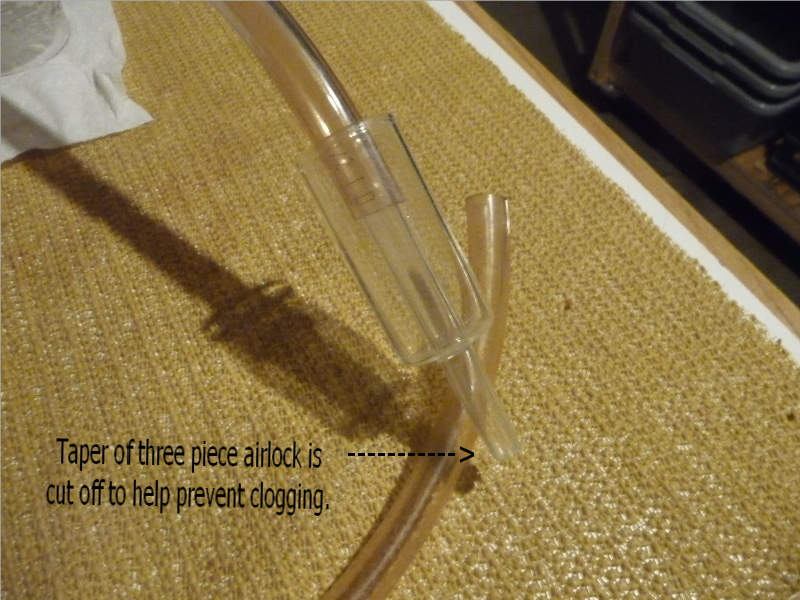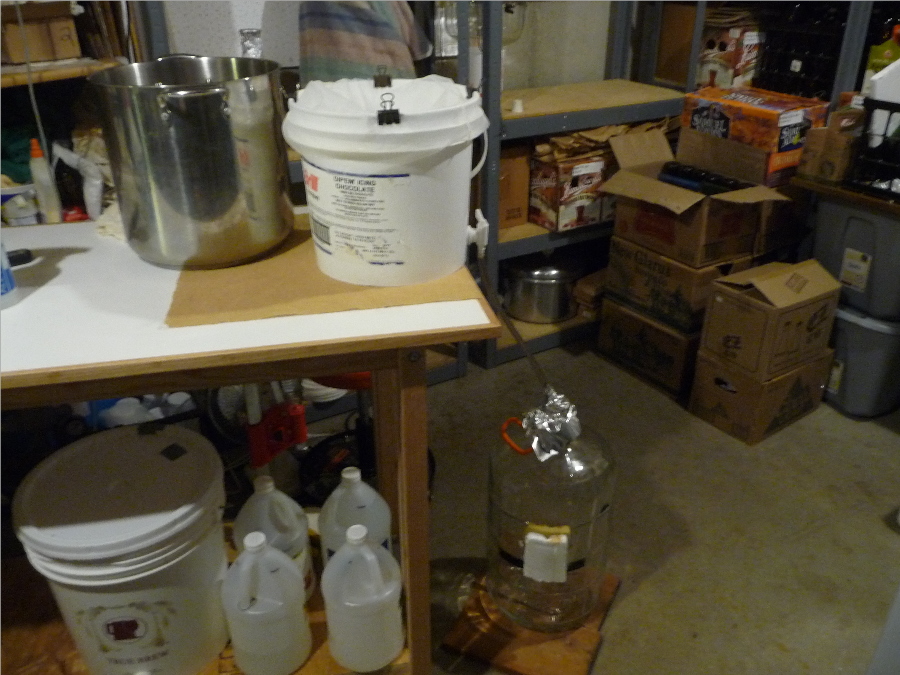sky4meplease
Well-Known Member
- Joined
- Jan 19, 2014
- Messages
- 575
- Reaction score
- 140
So you don't think wyeast packs need a starter?
How old are they?
If they are relatively fresh Wyeast says one pack is good for 5 gallons of 1060 wort correct?
Might be another good reason to take the OG down to 1075.
Warm those packs up well ahead of time and smack them good to mix in the nutrient pack inside. Let them swell for 3-4 hours at 75 degrees and pitch them into the same temperature wort.
When you re-aerate at 12 hours start to bring the temperature down to fermentation temperature around 68-70 for that strain.
If the yeast is older than a month, you will have trouble aerating or keeping fermentation temperatures high enough then yes I would recommend making a starter.
If that is the case I would make a 1.5 liter starter with the older of the two packs, cold crash and decant and pitch that with the fresher pack into your wort.
The reason I would do it that way is you will actually build some yeast with one pack into the starter rather than two packs. Two packs into a 1500ml starter is "saturated" and will revive the yeast but won't be enough starter wort to build or multiply yeast. That said if you can do a 3 liter starter then pitch both packs into it.




















































![Craft A Brew - Safale BE-256 Yeast - Fermentis - Belgian Ale Dry Yeast - For Belgian & Strong Ales - Ingredients for Home Brewing - Beer Making Supplies - [3 Pack]](https://m.media-amazon.com/images/I/51bcKEwQmWL._SL500_.jpg)







